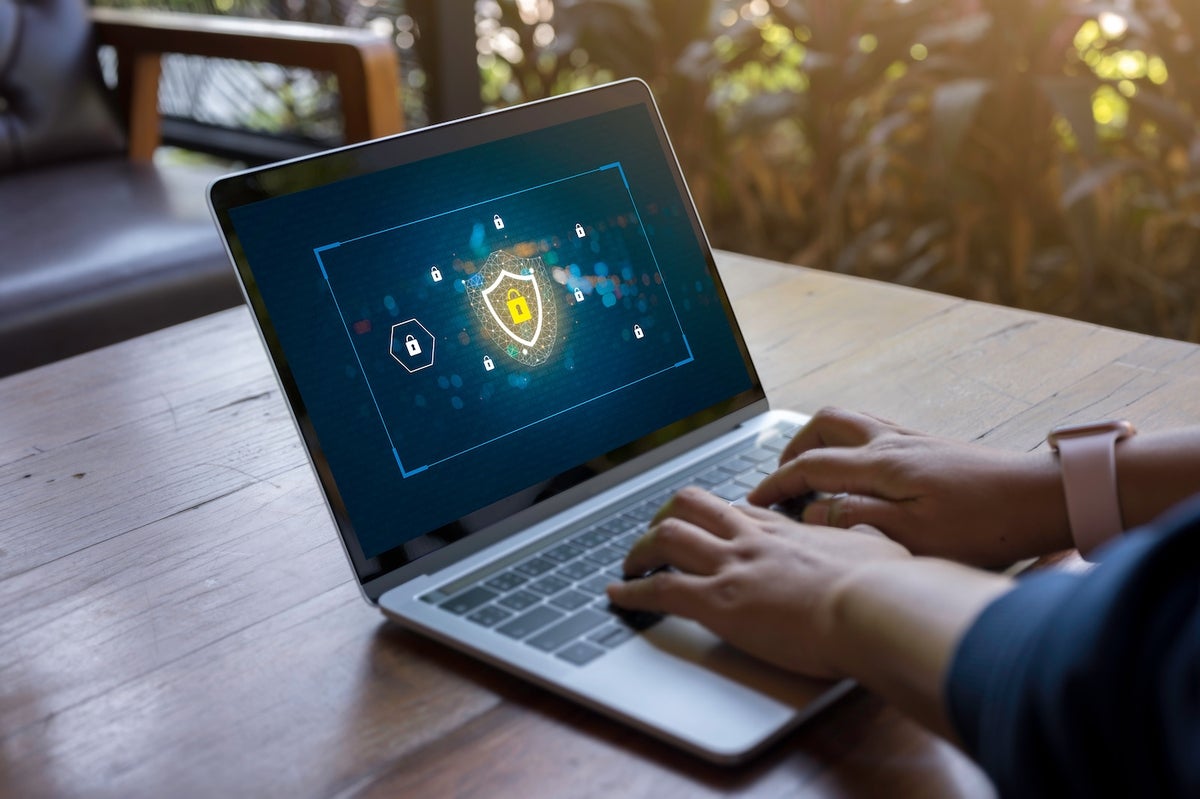
McAfee and Kaspersky are two of the leading endpoint detection and response solutions available today. While both have a lot to offer, and many of their features overlap, there are some notable differences between them. With that in mind, here’s a closer look at McAfee vs. Kaspersky for 2022.
Jump to:
- What is McAfee?
- What is Kaspersky?
- McAfee vs. Kaspersky: Feature comparison
- Head-to-head comparison: McAfee vs. Kaspersky
- Choosing between McAfee and Kaspersky
Featured partners
What is McAfee?
McAfee is one of the earliest antivirus software providers, coming onto the scene in the late 1980s. Today, it remains one of the most recognizable names in the industry, and for good reason. Its security suite, McAfee Total Protection, offers comprehensive protection, including award-winning anti-malware software, identity monitoring and a password manager.
McAfee’s internet security comes with a strong emphasis on privacy. It includes a file shredder to ensure confidential files remain inaccessible after use, a secure web browser and an automatically connecting virtual private network.
While Total Protection targets consumer markets, McAfee’s enterprise security doesn’t fall short, either. It includes vulnerability monitoring and ransomware protection to provide the advanced protection businesses need. It’s also compatible across Windows, Mac OS, iOS and Android, helping you protect all of the devices your team may use.
SEE: Mobile device security policy (TechRepublic Premium)
What is Kaspersky?
Like McAfee, Kaspersky is a well-established name in cybersecurity, emerging just a bit later in the 80s. Its premium suite, Kaspersky Total Security, is likewise full of helpful security features for both consumers and enterprise users.
Kaspersky Total Security boasts even more privacy features than McAfee. On top of a VPN and secure web browser, the suite has webcam and microphone protection, encrypted file backups and payment protection that encrypts traffic on financial sites and apps. Most of these features are available on its middle pricing tier, Kaspersky Internet Security, too.
One of Kaspersky’s most unique features is its GPS locator. While intended for parents to ensure their children’s safety, this device-tracking tool can help businesses keep track of their hardware assets. Like McAfee, Kaspersky is available on Windows, Mac OS, iOS and Android.
McAfee vs. Kaspersky: Feature comparison
| Feature | McAfee | Kaspersky |
|---|---|---|
| Anti-malware | Yes | Yes |
| Vulnerability scanning | Yes | Yes |
| Ransomware protection | Yes | Yes |
| VPN | Yes | Yes |
| Password manager | Yes, in all tiers | Yes, but only in higher tiers |
| Payment protection | No | Yes |
Head-to-head comparison: McAfee vs. Kaspersky
McAfee Total Protection and Kaspersky Total Security share some of their top features but approach them differently. Here’s a look at how three crucial security features work in McAfee vs. Kaspersky.
Vulnerability scanning
Data breaches cost businesses trillions of dollars per year, so staying on top of potential threats is vital. Both McAfee and Kaspersky offer vulnerability scanning to help find and manage these threats, though their scope and approaches vary.
McAfee’s vulnerability scanner checks your network for security flaws like un-updated apps on devices. Depending on user settings, it’ll then either alert you to these risks or patch them automatically. The software also includes personalized security recommendations based on users’ online activity. McAfee will also scan the dark web and breach records to inform you of any leaked credentials, though this is unavailable in the U.K.
Kaspersky’s vulnerability scanning includes more in-depth features, but many are only available on Windows. Complex exploit identification, fileless malware detection, ad blocking and key-logging detection are all Windows exclusives. Still, these are helpful features if you can use them, and all users can use malicious link detectors and real-time malware identification. Kaspersky also offers an ID protection service, but it only checks public databases.
Ransomware protection
Ransomware rose 105% in 2021, making it one of businesses’ biggest threats, but McAfee Internet Security can protect against it. While the solution doesn’t have a dedicated anti-ransomware feature, its antivirus and backup tools work against these threats. It includes 256-bit encryption to protect sensitive files, automatically blocks suspicious sites and offers some of the best anti-malware detection and deletion features available.
Unlike McAfee, Kaspersky offers a dedicated ransomware protection feature. The tool scans your devices in real-time to look for behavior that resembles known ransomware threats. If it notices anything suspicious, it’ll block and report it before the ransomware can lock you out of your devices. Notably, this service is only compatible with Windows devices, but Kaspersky’s standard anti-malware features are multi-platform compatible.
Virtual private networks
McAfee’s VPN comes standard with all tiers. That said, you only get one VPN license with the lowest tier, five with the middle and ten with the highest. These licenses start at 500 MB per month, but you can upgrade that to unlimited bandwidth if you enable auto-renewal.
Kaspersky also has a VPN, but not for the lowest package. You need either Kaspersky Internet Security or Total Security to use it, but business users will likely opt for the highest tier. It’s also worth noting that this VPN caps at 300 MB per month.
Choosing McAfee vs. Kaspersky
While Kaspersky Total Security is more feature-rich, McAfee has more multi-platform capability. If you’re working in a traditional IT environment or need more advanced threat protection, Kaspersky is the better option. However, if you need to protect more remote employees or have a bring-your-own-device policy, you may want McAfee’s flexibility and more versatile VPN.
Leading EDR Solutions
1 ESET PROTECT Advanced
Protect your company computers, laptops and mobile devices with security products all managed via a cloud-based management console. The solution includes cloud sandboxing technology, preventing zero-day threats, and full disk encryption capability for enhanced data protection. ESET Protect Advanced complies with data regulation thanks to full disk encryption capabilities on Windows and macOS. Get started today!
2 Alert Logic
Control threats and manage incidents from employee workstations, points of sale, servers, and more. With Alert Logic’s EDR, organizations can monitor and isolate endpoint attacks at the earliest opportunity before any damage is done. Our managed detection and response platform can work alongside any existing antivirus tools to provide an additional layer of defense.
3 SecurityHQ
SecurityHQ's Managed Endpoint and Response (EDR) service leverages the world’s best EDR tooling, together with 24/7 SOC analytics and 300+ security analysts, to detect otherwise concealed malicious behaviour. Get a fully managed service to reduce the cost of IR, with more effective remediation. Detect advanced threats with thorough forensics and rapid root cause analysis. Decrease dwell time from the start, without fine-tuning.
4 Heimdal Security
A fully compliant XDR solution supported by a live team of experts. Heimdal’s XDR replaces fragmented, legacy tools and unresponsive data-gathering software for a consolidated approach, offering you a seamless experience. Data gathered from across your ecosystem is fed into Heimdal’s Intelligence Center for fewer false positives and rapid and accurate detection. The fully automatic functionality allows for greater incident response operations while keeping down the costs.
5 ManageEngine Desktop Central
Using too many tools to manage and secure your IT? Desktop Central bundles different IT management and security tools in one unified view without cutting corners in end-user productivity and enterprise security. From keeping tabs on your enterprise devices, data, and apps to securing those endpoints against threats and attacks, Endpoint Central ticks all the boxes of a unified endpoint management solution. Try it for free on unlimited endpoints for 30 days.






